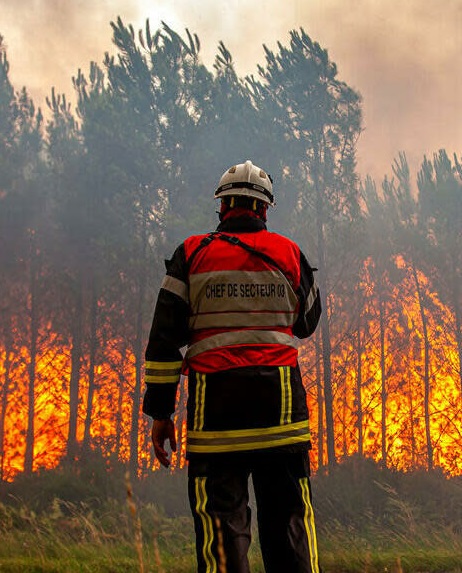SEC Climate Rule: Scenario Analysis - Part 2
The complete post is available at SEC Climate Rule: Scenario Analysis - Part 2.

This post is the second in a series to do with scenario analysis and the proposed SEC Climate-disclosure rule. The background to the series is explained in the first post: SEC Climate Rule: Scenario Analysis - Part 1.
Scenario Analysis
We started this series of posts with an evaluation of the relevant sections of the proposed rule. We quote the wording of the rule using the page numbers in the SEC’s document (The Enhancement and Standardization of Climate-Related Disclosures for Investors). We then provide commentary and discussion.
The first post reviewed some of the material on page 83 of the proposed rule. In this post we continue the evaluation by considering additional material on pages 83 and 84.
Commentary
The wording of the rule is shown in bold/italic text. Commentary is shown in plain text.
Page 83
. . . registrants might use scenario analysis to test the resilience of their strategies under future climate scenarios, including scenarios that assume different global temperature increases, such as, for example, 3°C, 2°C, and 1.5°C above pre-industrial levels.
We are already close to 1.5°C, and 2°C looks inevitable.
If atmospheric temperatures reach the 3°C threshold the world will look very different. At that point it is possible that social systems will degrade or even break down, including the legal systems that support and enforce this rule.
Page 84
<A> commenter stated that the Commission should require disclosure of a registrant’s climate scenario analysis by no later than 2025, and recommended that companies engage in scenario analysis involving a base case, worse case, better case, and “Black Swan” scenarios related to possible climate transition pathways.
Alternatively, the commenter suggested that a company take into account three scenarios: a smooth economic transition to +1.5 °C, which would form the basis of the company’s net-zero strategy; a disorderly and, therefore, more costly and disruptive transition to +1.5 °C; and a higher temperature scenario outcome of +3 °C of warming, which would be associated with extreme physical effects and unprecedented economic costs and disruption.
The “base case” assumes a linear transition of current trends. Some thoughts as to what this case might look like are provided at the post Limits and Beyond: No More Growth. A Review of Chapter 2.
By “worse case” the commenter probably assumed that we reach one or more tipping points such as the firing of the “clathrate gun” or Lake Mead becoming a dead pool. It is hard to visualize what the commenter meant by “a better case”; maybe the rapid and widespread introduction of carbon capture technology. ‘Black Swan’ scenarios will be discussed in later posts.
1.5°C is in the books. We are very close to that point already and may already have passed it; it was caused by greenhouse gases that were emitted years ago. 1.5°C is now a matter of history, and its 1.5°C is evident from the daily headlines. Given that we continue to increase our greenhouse gas emissions the 2°C target looks to be unrealistic. We are going to cross that threshold. As already noted, at 3°C we could be looking at a radically different and scary world.
If a company is to survive and prosper in this new world, scenario analyses are required.
Reality
The SEC rule is lengthy (490 pages) and can be difficult to follow. It is important not to forget that it is to do with real world issues. Just this week, for example, many parts of Europe are experiencing unprecedented temperatures and wild fires. The SEC rule and the need for scenario analysis both matter to our future.

